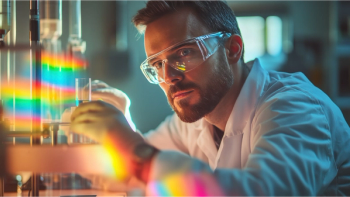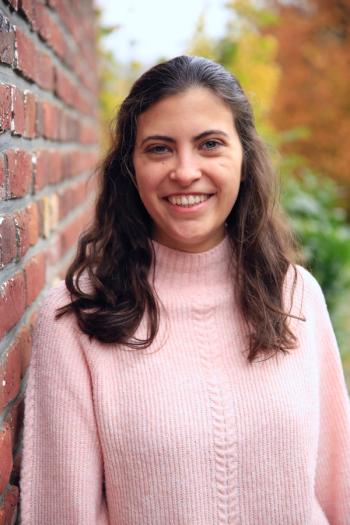
Rapid Total Petroleum Hydrocarbon (TPH) Content Determination of Soils Possible with a Handheld FT-NIR Spectrometer
A new study reports on the performance of a handheld Fourier transform near-infrared spectrometer for rapid and quantitative determination of total petroleum hydrocarbon content of soils.
Determining the total petroleum hydrocarbon (TPH) content of soils is essential for successful soil remediation and hydrocarbon exploration operations. In a recent study published in Analytical Chemistry, researchers led by Heinz W. Siesler from the University of Duisburg-Essen in Germany investigated the performance of a handheld Fourier transform near-infrared (FT-NIR) spectrometer for rapid and quantitative determination of TPH content in soils (1).
The researchers recorded diffuse reflection NIR spectra from soil samples of two different sites with TPH reference values ranging from 350 to 30,000 ppm. They developed site-specific partial least squares (PLS) calibration models and also demonstrated the locally weighted PLS (LW-PLS) technique for developing site-independent PLS calibrations without significant penalty in calibration performance.
Site-specific PLS calibration models are developed using NIR spectra of samples from a particular site to predict a target property, such as the TPH content in soil. This method uses a set of spectral data from reference samples, where the target property is measured by conventional analytical techniques. PLS models then use the spectral information to establish a relationship between the spectra and the target property. However, a limitation of site-specific models is that they may not be transferable to other sites because of differences in soil properties or analytical conditions. LW-PLS models address this issue by allowing the development of site-independent models using a combination of spectral data from different sites and site-specific data. LW-PLS models provide an improved calibration performance by assigning higher weights to spectral data from samples with similar properties to the unknown sample being analyzed.
The conservative, site-specific PLS calibration models had root mean square calibration/cross-validation errors of 1043/1106 and 741/785 ppm TPH, respectively. The average absolute prediction errors for samples not contained in the calibration set were 451 and 293 ppm for the two sites, respectively. When comparing the degradation of the RMSE values of a conservative PLS model based on the NIR spectra of both sites with the application of the LW-PLS method, there was only a slight loss of prediction accuracy relative to the site-independent models.
The researchers concluded that next-generation portable FT-NIR spectrometers can predict low TPH levels in various soil types through soil-specific and site-independent calibrations. The spectrometers have the potential to become rapid screening tools in the field for quick determination of TPH content for exploration work or environmental site assessment projects.
The development of rapid screening tools such as handheld FT-NIR spectrometers is crucial for cost-effective and efficient assessment of TPH content in soils. This study highlights the potential of portable FT-NIR spectrometers as a quick and reliable method for TPH content determination in the field.
Reference
(1) Miao, T.; Sihota, N.; Pfeifer, F.; McDaniel, C.; De Gea Neves, M.; Siesler, H. W.Rapid Determination of the Total Petroleum Hydrocarbon Content of Soils by Handheld Fourier Transform Near-Infrared Spectroscopy. Anal. Chem. 2023, 95 (17), 6888–6893. DOI:
Newsletter
Get essential updates on the latest spectroscopy technologies, regulatory standards, and best practices—subscribe today to Spectroscopy.





